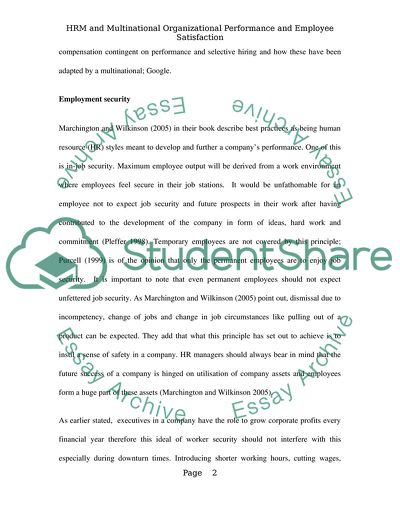Cite this document
(Approaches to HRM in Improvement of Organizational Performance Research Paper, n.d.)
Approaches to HRM in Improvement of Organizational Performance Research Paper. Retrieved from https://studentshare.org/human-resources/1745891-critically-analyse-whether-the-best-practice-or-the-best-fit-approach-to-hrm-will-improve-a-large-mulitnational-organizational-performance-and-employee-satisfaction
Approaches to HRM in Improvement of Organizational Performance Research Paper. Retrieved from https://studentshare.org/human-resources/1745891-critically-analyse-whether-the-best-practice-or-the-best-fit-approach-to-hrm-will-improve-a-large-mulitnational-organizational-performance-and-employee-satisfaction
(Approaches to HRM in Improvement of Organizational Performance Research Paper)
Approaches to HRM in Improvement of Organizational Performance Research Paper. https://studentshare.org/human-resources/1745891-critically-analyse-whether-the-best-practice-or-the-best-fit-approach-to-hrm-will-improve-a-large-mulitnational-organizational-performance-and-employee-satisfaction.
Approaches to HRM in Improvement of Organizational Performance Research Paper. https://studentshare.org/human-resources/1745891-critically-analyse-whether-the-best-practice-or-the-best-fit-approach-to-hrm-will-improve-a-large-mulitnational-organizational-performance-and-employee-satisfaction.
“Approaches to HRM in Improvement of Organizational Performance Research Paper”, n.d. https://studentshare.org/human-resources/1745891-critically-analyse-whether-the-best-practice-or-the-best-fit-approach-to-hrm-will-improve-a-large-mulitnational-organizational-performance-and-employee-satisfaction.


